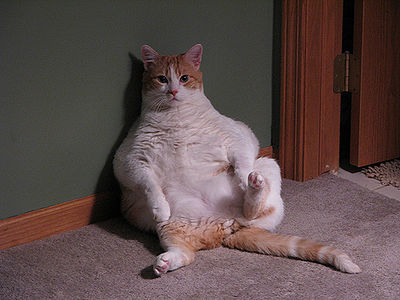If you’ve even witnessed your pet having a seizure, you know how frightening the experience can be.
Your cat or dog may appear dazed or frightened and often will experience an aura before the actual seizure. S/he may look to you for comfort or try to hide.
When the seizure takes hold, your pet will fall down. The body stiffens and there is strong leg movement. Other symptoms can be jaw grinding, drooling, vocalization, loss of bladder or bowel control.
Seizures usually last for between 30 and 90 seconds. After a seizure your pet may be confused or disoriented. S/he may be restless, pace, have increased thirst or hunger, may have difficulty seeing.
Recovery from the seizure can take anywhere from immediately to 24 hours. Cats usually experience a first seizure between 1-4 years of age.
There are different types of seizures and it’s important for you to be able to tell the differences.
The petit mal seizure is mild. Sometimes the only indication is an eye movement.
With a grand mal seizure, the pet loses consciousness, falls downs, jerks, twitches, has leg movements, may lose control of bodily functions.
If your pet does not come out of a grand mal seizure (called status epilecticus) after 90 seconds, breathing may stop and death can occur. In order to sae your pet’s life, s/he must have emergency treatment at the vet or emergency service right away.
A focal motor seizure, usually seen in cats and small dogs, involves only part of the body seizing with a twitch or a tremor. While not an immediate emergency, it’s important that the vet sees your pet to determine the cause.
Cluster seizures are seizures that happen several times in a day. If your pet has more than one seizure a day, s/he should be seen by your vet as soon as possible. Cluster seizures can lead to continuous and more intense seizing.
There are numerous causes of seizures – head trauma, brain hemorrhage, blood clot, brain tumor, bacterial, viral, fungal or parasitic infections, liver disease, exposure to toxins. Some medications, flea/tick substances used inappropriately (using unprescribed medicines or flea/tick products for dogs on cats) can trigger seizures.
Researchers in the United Kingdom have discovered that certain sounds can induce seizures in cats – aluminum foil, paper or plastic crinkling, typing on a keyboard or a mouse click, clinking glasses, hammering a nail, clicking the tongue.
If your pet has a seizure, don’t panic. If s/he is on the floor, keep the space clear to avoid injury to your pet.
If your pet is on the couch or a bed or chair or near stairs, place a pillow or blanket so that s/he won’t fall.
In an emergency situation, wrap your cat in a heavy towel or blanket and go immediately to your vet or emergency clinic.
It’s more difficult with a large dog. If you have help, you can slide your dog onto a blanket and carry to the car. If you have a crate you can gently move your dog into the crate (a blanket on the bottom) and then get help carrying to the car. If your dog is mobile, you can walk with him/her to the car.
In other cases, consult with your vet as soon as possible.
Keep a record of your pet’s seizures – date, time, length and type of seizure, any triggers that may have caused the seizure, your pet’s behavior before and after. Any information you can give your vet will help in determining treatment.


